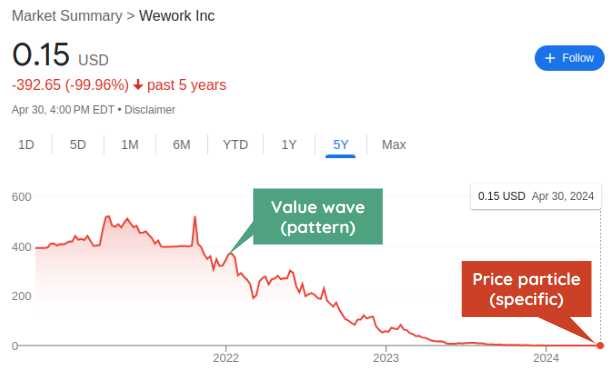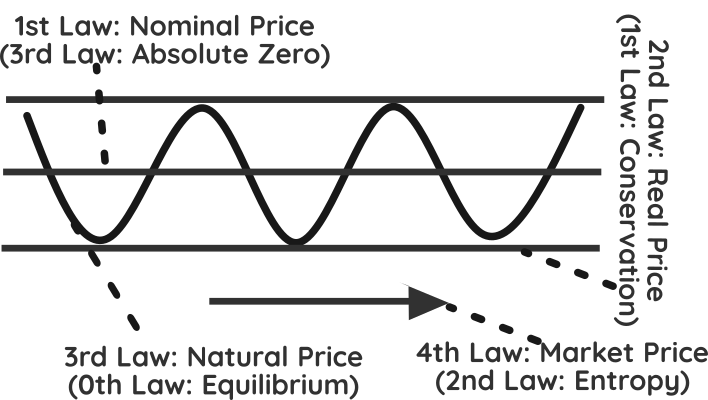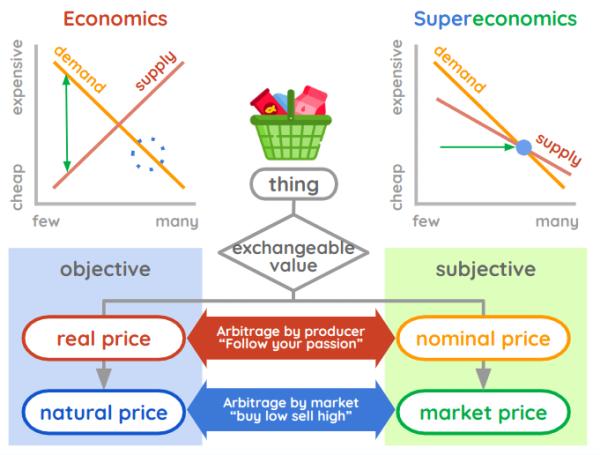The Four Laws of Value
Table of Contents
The movement of energy in Physics is defined by the Four Laws of Thermodynamics.
This explains why hot things become cold and why heat radiates but cold does not. This natural law is very fitting as the basis for science of Supereconomics, as our alternative to Neoclassical Economics.
In this paradigm, we replace heat with desire. This is because buying and selling are rooted in desire.
- If you desire a product, then you buy it. If many people want it, then they buy all of it, leaving a scarcity which raises its price. We say it is a ‘hot’ item.
- If you do not desire a product, then you don’t buy it and it stays unsold. This leads to an oversupply which lowers its price. We say the market has a ‘cold’ reception to it.
This leads to the concept we call the Value of Rarity which replaces the Paradox of Value in Economics.
The rise and fall of prices in an economy therefore reflect the changing desires of the people, manifesting as their demand. This is more obvious in democratic countries where prices can rise and fall dramatically.

We view prices as particles and their changing patterns as waves of value. This makes Supereconomics consistent with quantum mechanics which has the concept of wave-particle duality.
Supereconomics deals with the changing waves of demand in order to match them with supply as quickly as possible.
Today you might want ice cream. Tomorrow you might want hot coffee.
Supereconomic systems must make sure that ice creams and hot coffees will be available and affordable when you desire them.
The multiple desires that we have at the same time represents a “superposition” of possibilities. Supereconomics aims to realize the best economic possibility for everyone in society, both rich and poor.

The Four Laws then manifest as the four kinds of prices within the supply and demand model:
| Law | Meaning |
|---|---|
| 1st (Nominal Price) | Everything has a value to someone |
| 2nd (Real Price) | Value is created to remove the lack in society |
| 3rd (Natural Price) | There must be balance in the creation and spread of value |
| 4th (Market Price) | Value is transferred through fair exchange |

Modern Economics only knows nominal price and market price. It does not know:
- real price – this would have prevented speculative valuation
- natural price – this would have prevented economic crises